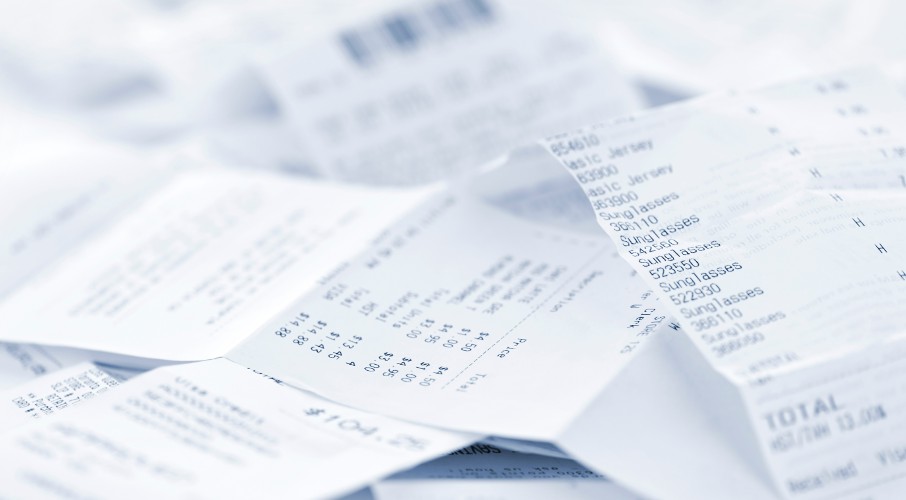6 Common Pricing Strategies
Let’s run through the six most common pricing strategies that small and medium retailers adopt.
1. Cost-plus pricing
Cost-plus pricing refers to simple marking up pricing. In this scenario, you make the product and add a fixed percentage on top of the costs. The price is then the cost it took to make the product plus the percentage.
2. Competitive pricing
Competitive pricing is more market-driven. In this strategy, you take a look at direct competitors as a benchmark price then deliberately undercut their price for your products. This strategy is useful if your retail products are quite similar to everybody else's, meaning price may be the only differentiating factor.
3. Value-based pricing
Value-based pricing focuses on what the customer perceives the value of the product to be. This relies on market research to understand the target audience’s expectations for product price. This can be a beneficial tactic for specialised products that customers deem to be of high-value, but that don’t actually cost that much to make.
Value-based pricing is common in markets where a product enhances a customer’s self-image or offers a unique life experience. For instance, Gucci t-shirts probably cost around the same to make as any other department store, but they can charge a lot more due to Gucci’s perceived value with the customer.
4. Price skimming
A price skimming approach is when you set your starting price as high as your target market can bear before gradually lowering it. You meet the demands of the first, eager customers while there isn’t much competition for your product. As you cut prices, you entice a new, more price-conscious consumer base.
The goal is to drive more revenue while demand is high and competition is low. The strategy only works if you have an in-demand product that people are willing to pay high prices for.
5. Penetration/discount pricing
This strategy involves offering products in a sale at discounted prices.
While a sale may impact your profit margins, it can be a great way for retailers to attract new customers, get traffic to your site or store, and offload unwanted inventory. It can be a great way to attract attention for new brands entering a market.
6. Keystone pricing
In order to establish a reasonable profit margin, retailers who use keystone pricing simply double the costs they paid for a product. This creates a simple marking up formula similar to cost-plus pricing
Using keystone pricing tactics can work out for your business, though sometimes it results in prices that are too low or too high.












































